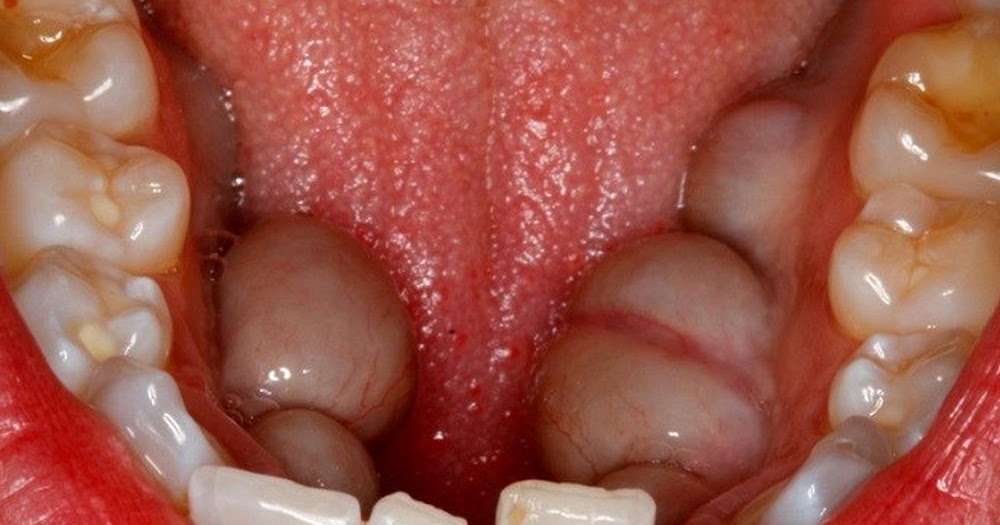Mandibular tori are benign bony growths that occur in the mandible, often a subject of curiosity and concern among many. These growths are not just random occurrences; they may have a genetic underpinnings that are worth exploring. In this article, we will delve into the intricacies of mandibular tori, examining their causes, genetic factors, and implications for dental health.
The study of mandibular tori brings to light important aspects of genetics and oral health. Understanding their nature is crucial, especially for those who may be affected by these growths. This article aims to provide a comprehensive overview of mandibular tori, including their definition, prevalence, genetic factors, and treatment options.
As we explore this topic, we will draw on expert sources and research to ensure that the information presented is accurate and trustworthy. Our aim is not only to inform but also to empower readers with knowledge about mandibular tori and their potential implications for dental health.
Table of Contents
- Definition of Mandibular Tori
- Prevalence of Mandibular Tori
- Genetic Factors Influencing Mandibular Tori
- Symptoms of Mandibular Tori
- Diagnosis of Mandibular Tori
- Treatment Options for Mandibular Tori
- Complications Associated with Mandibular Tori
- Conclusion
Definition of Mandibular Tori
Mandibular tori are bony growths that typically occur on the inside of the lower jaw (mandible). Often asymptomatic, these growths can vary in size and shape, appearing as protrusions in the oral cavity. They are classified into two main types: unilobular and bilobular tori, depending on their structure.
Prevalence of Mandibular Tori
Research indicates that mandibular tori are relatively common, particularly among certain populations. Studies show that the prevalence can range from 5% to 40%, depending on genetic factors and environmental influences. They are more frequently observed in individuals of Asian descent, with a higher incidence reported in males than females.
Genetic Factors Influencing Mandibular Tori
Genetic factors play a significant role in the development of mandibular tori. Family studies have shown a higher occurrence of tori among related individuals, suggesting a hereditary component. Key genetic aspects include:
- **Familial Aggregation:** There is a notable tendency for mandibular tori to appear in families, indicating a possible genetic predisposition.
- **Genetic Markers:** Ongoing research aims to identify specific genetic markers associated with the development of mandibular tori.
- **Environmental Interactions:** While genetics are essential, environmental factors, such as diet and oral habits, may also influence the likelihood of developing tori.
Symptoms of Mandibular Tori
Most individuals with mandibular tori do not experience any symptoms. However, in some cases, they may lead to discomfort or complications, including:
- **Pain or Discomfort:** Larger tori can cause irritation to the surrounding tissues.
- **Difficulty with Dentures:** Tori can interfere with the fitting of dentures, leading to discomfort.
- **Oral Hygiene Challenges:** Tori may make it challenging to maintain proper oral hygiene due to their location.
Diagnosis of Mandibular Tori
Diagnosis of mandibular tori typically involves a clinical examination by a dental professional. Imaging techniques, such as panoramic radiographs, are often used to confirm the presence and extent of the tori. Dental professionals may look for:
- **Visual Examination:** Observing the bony growths during a routine dental check-up.
- **X-rays:** Utilizing radiographs to visualize the tori and assess their size and shape.
Treatment Options for Mandibular Tori
In most cases, treatment for mandibular tori is not necessary unless they cause discomfort or complications. When treatment is required, options may include:
- **Observation:** Regular monitoring if the tori are not causing issues.
- **Surgical Removal:** In cases of significant discomfort or denture interference, surgical excision may be recommended.
Complications Associated with Mandibular Tori
While mandibular tori are generally benign, they can lead to complications if not properly managed. Potential complications include:
- **Infection:** If tori cause trauma to surrounding tissues, they may become infected.
- **Dental Issues:** Difficulty with dental appliances may arise, necessitating intervention.
Conclusion
In summary, mandibular tori are common bony growths influenced by genetic factors and environmental conditions. While they often do not present symptoms, understanding their nature and potential implications for dental health is essential. If you suspect you may have mandibular tori, it is advisable to consult with a dental professional for an accurate diagnosis and appropriate management.
We invite you to share your thoughts in the comments below, and don’t forget to check out our other articles for more information on oral health topics.




